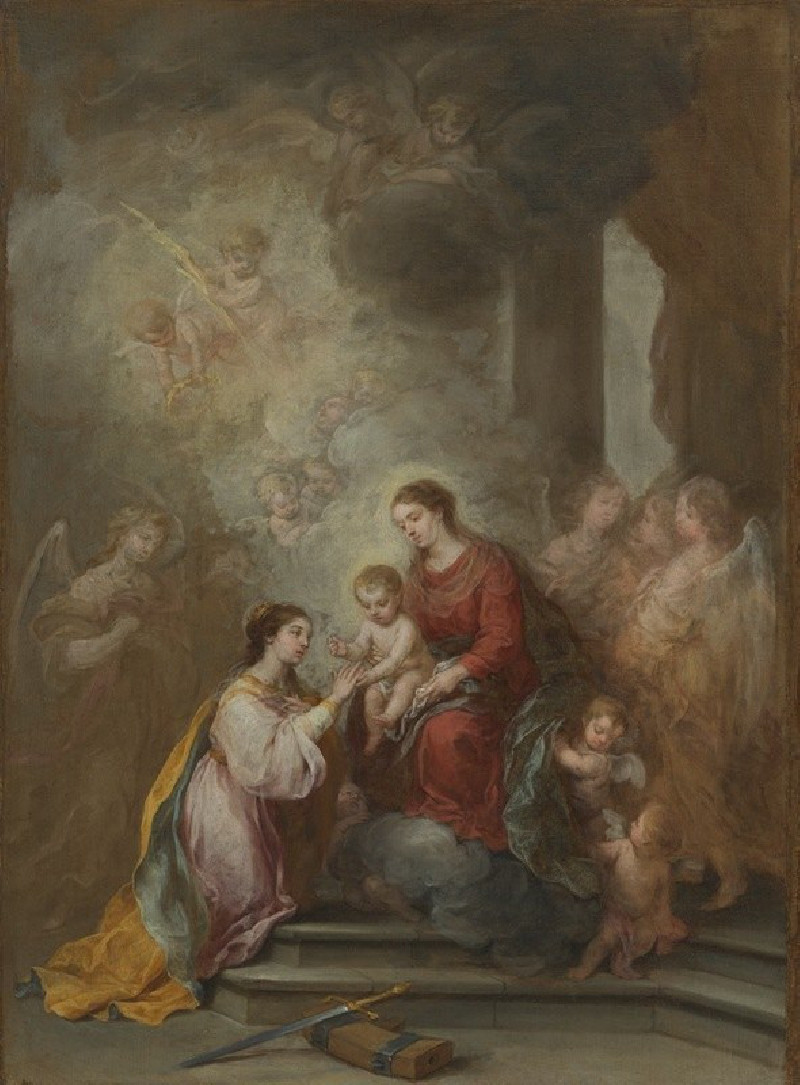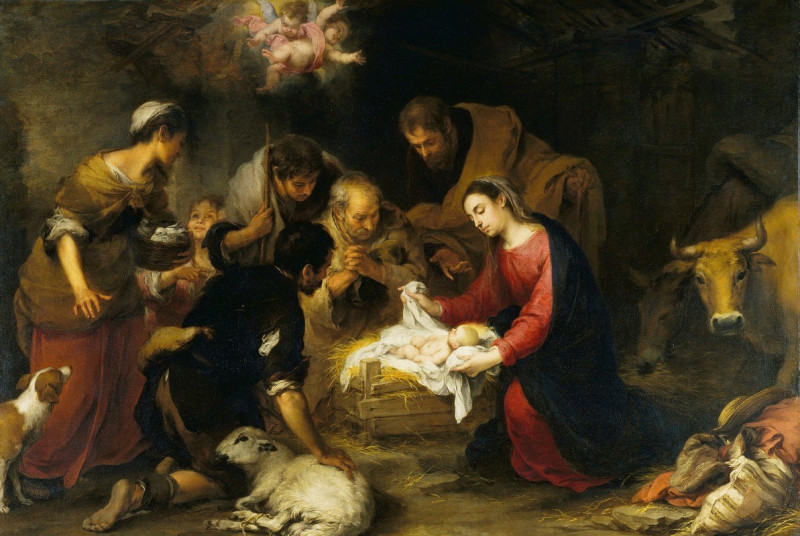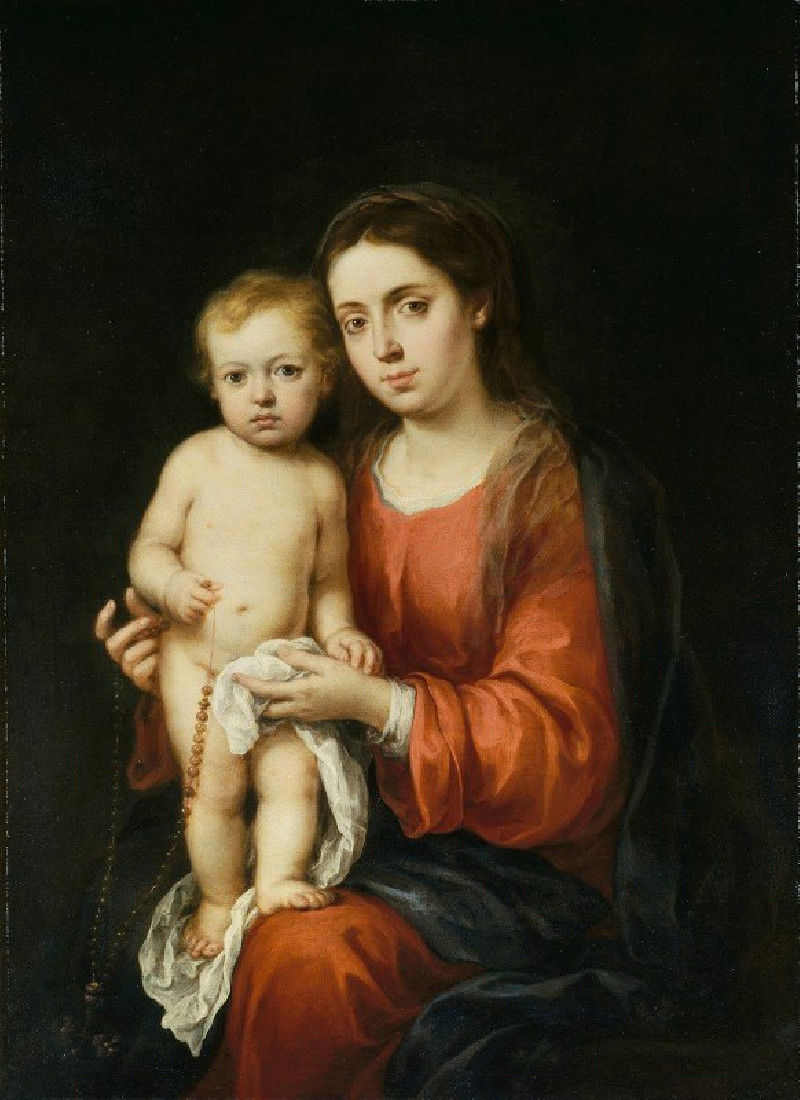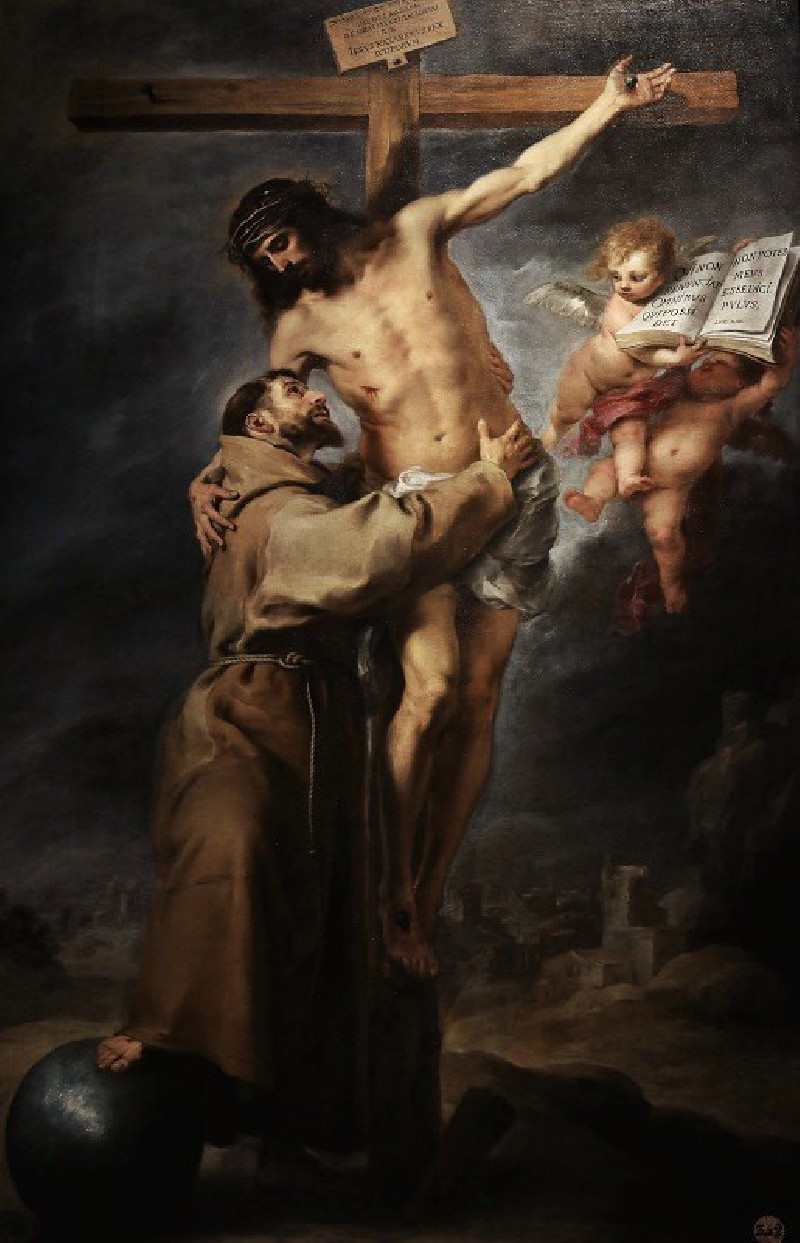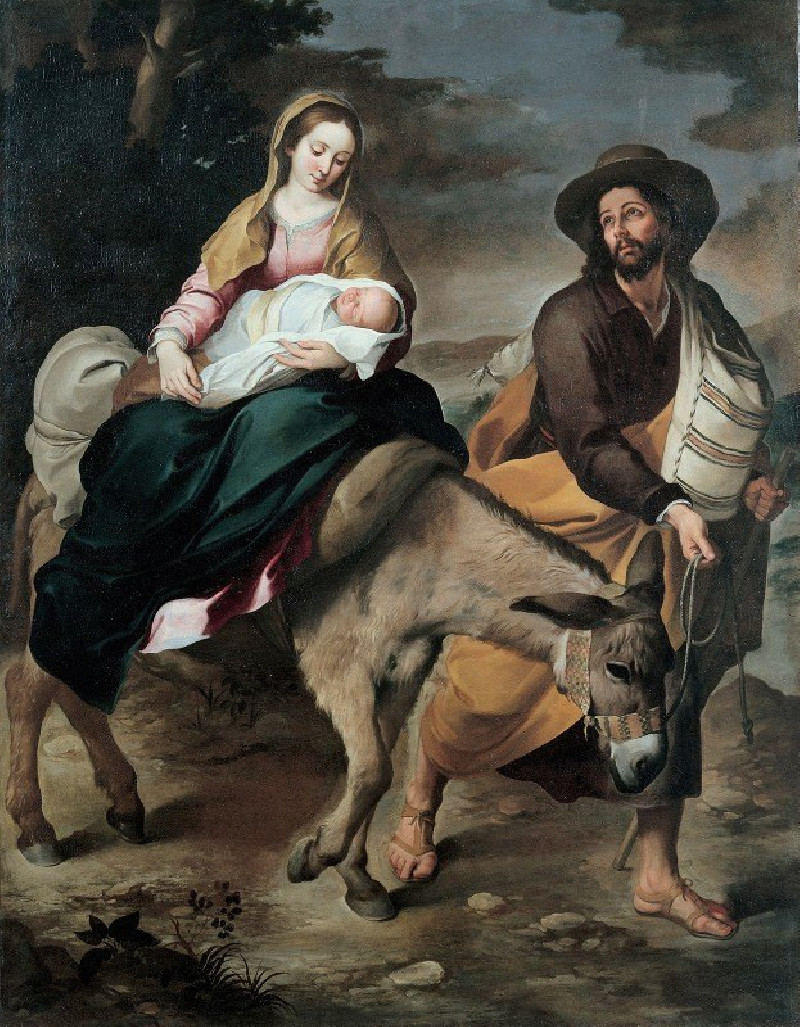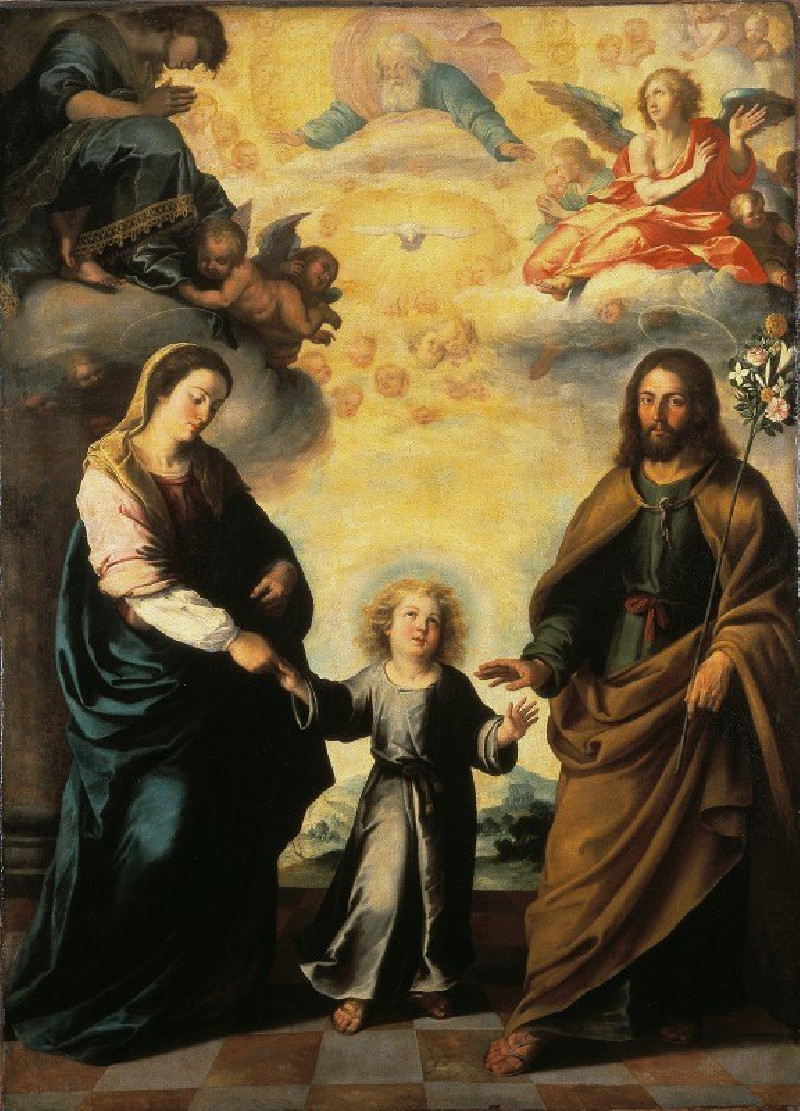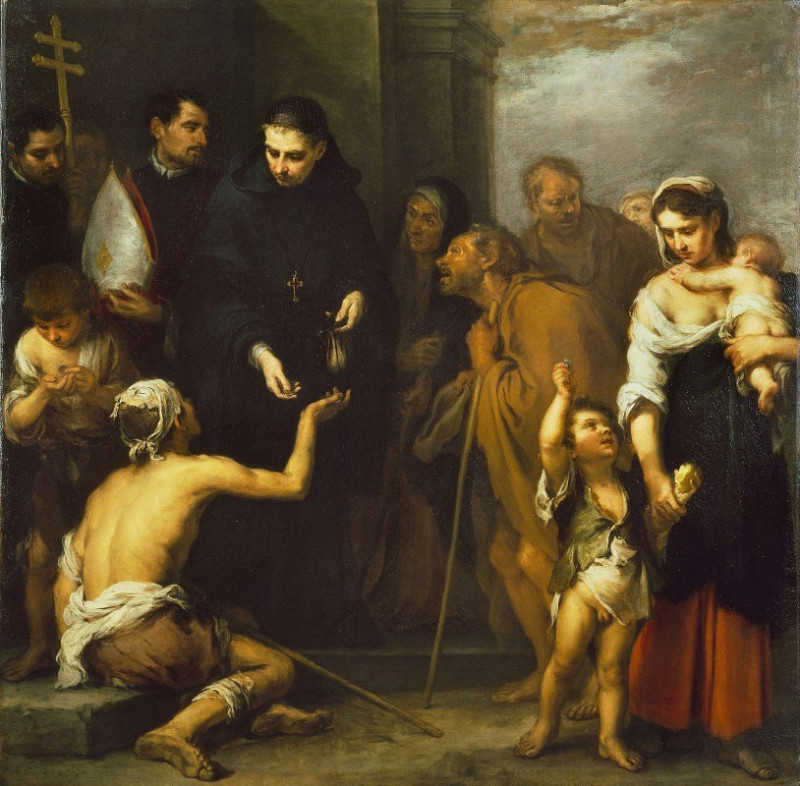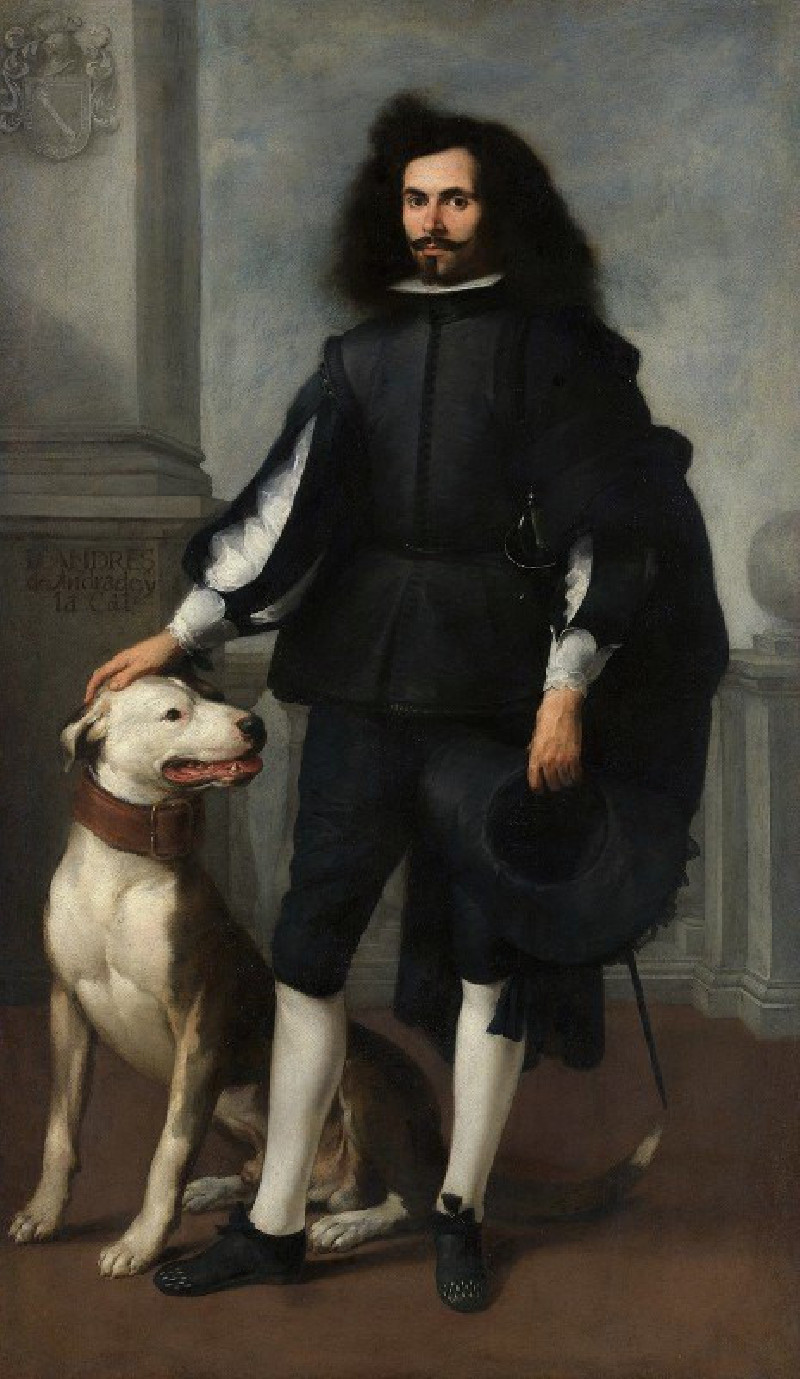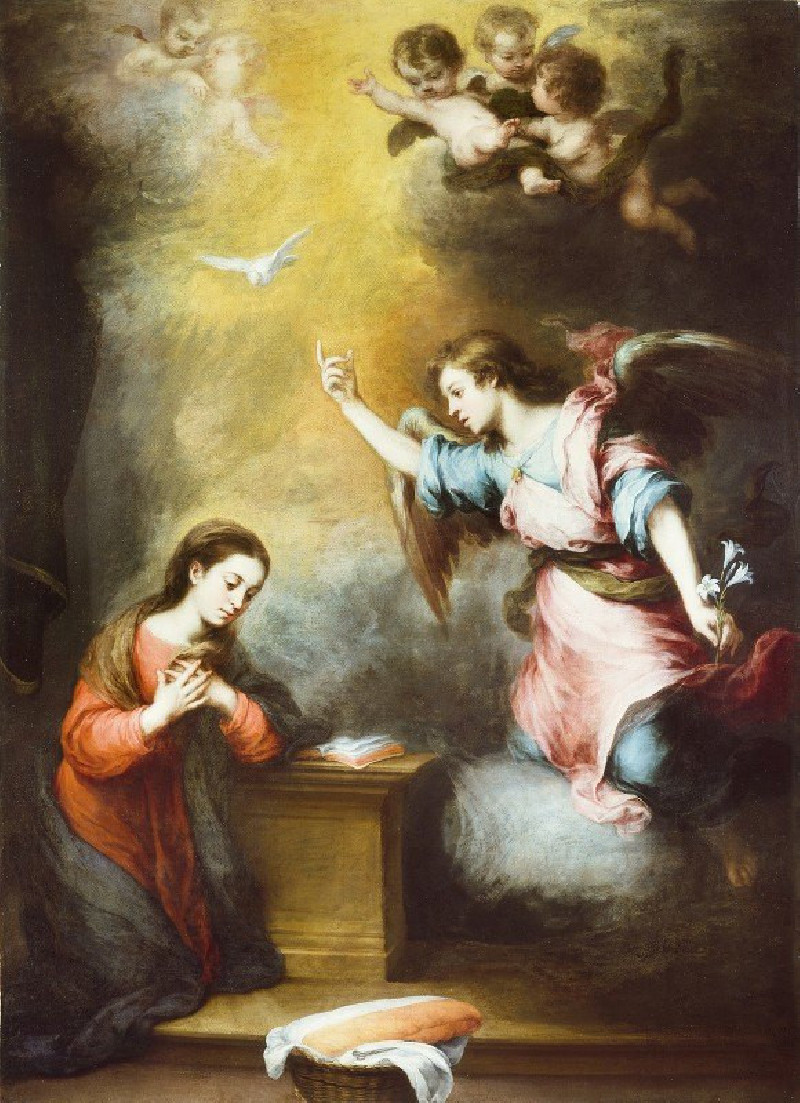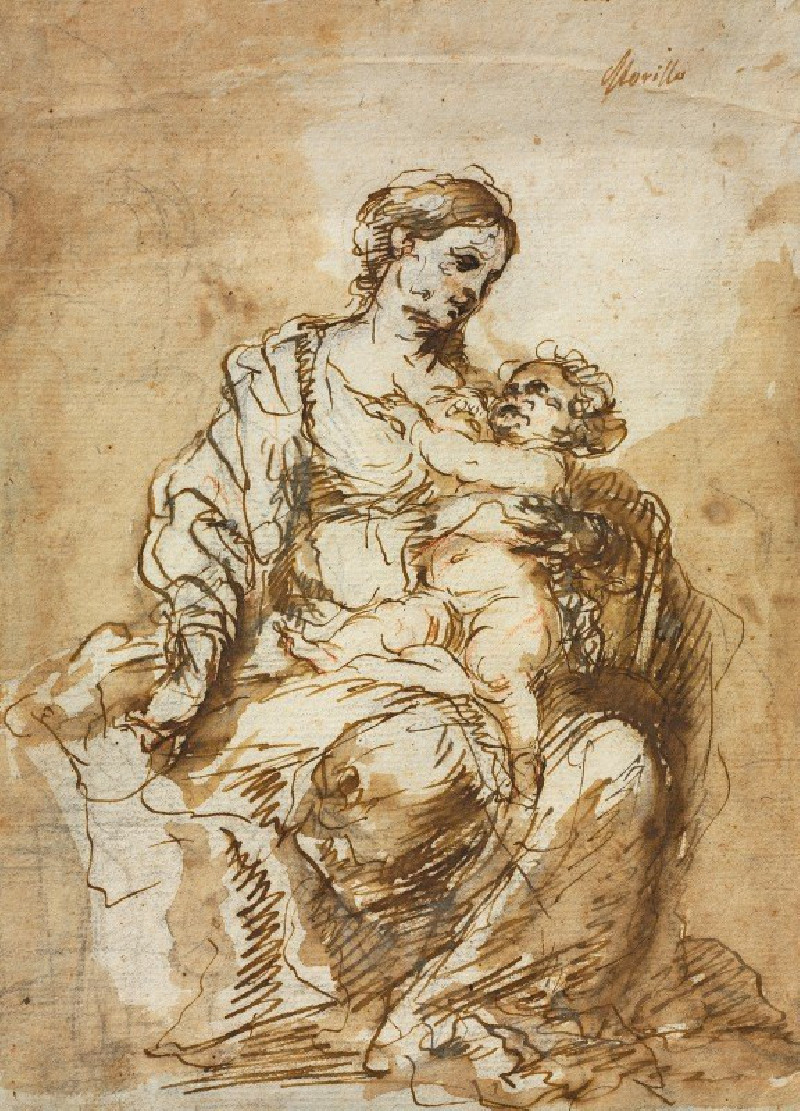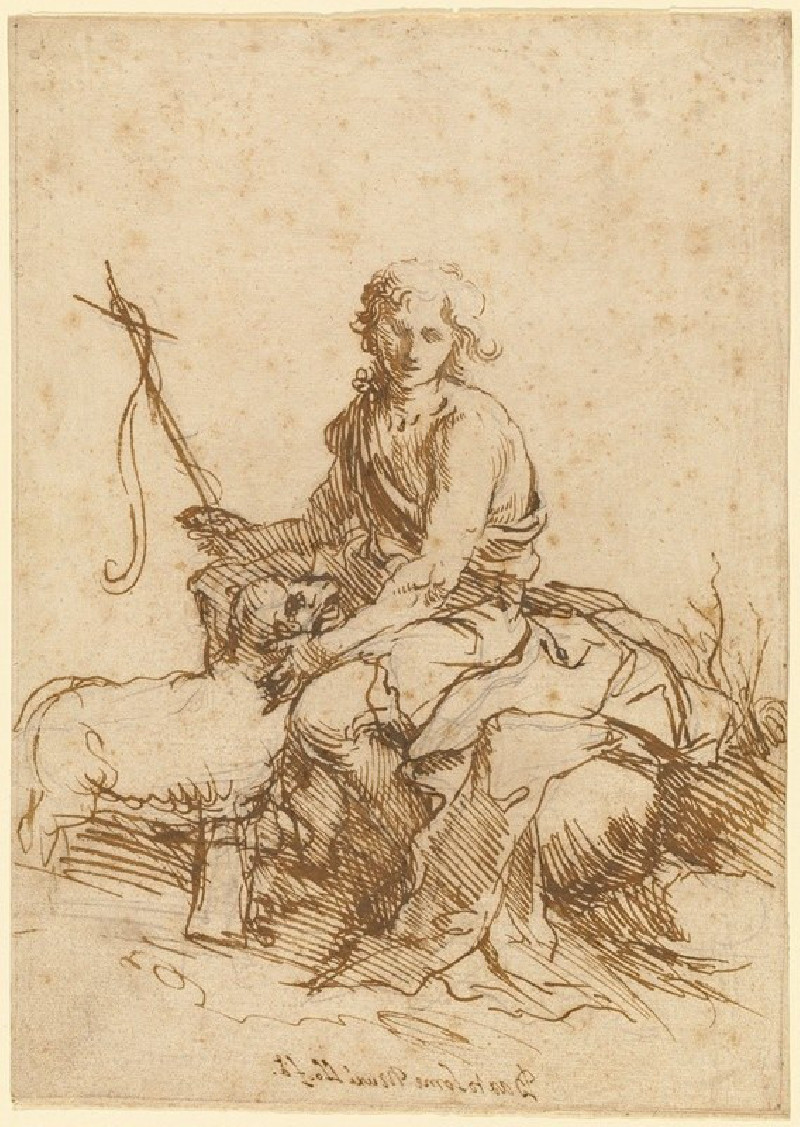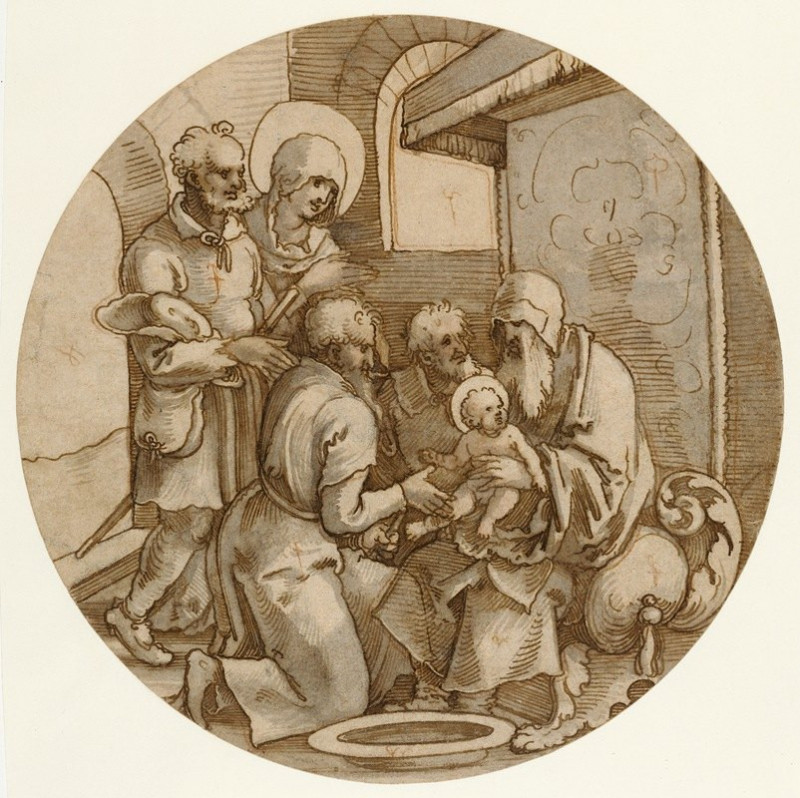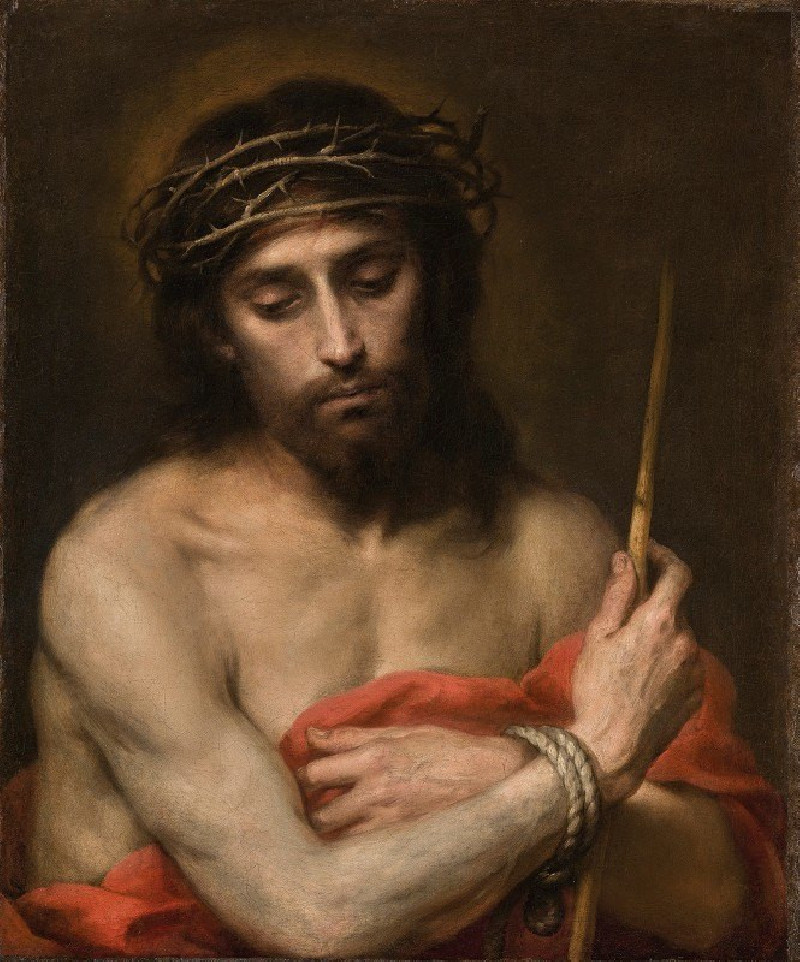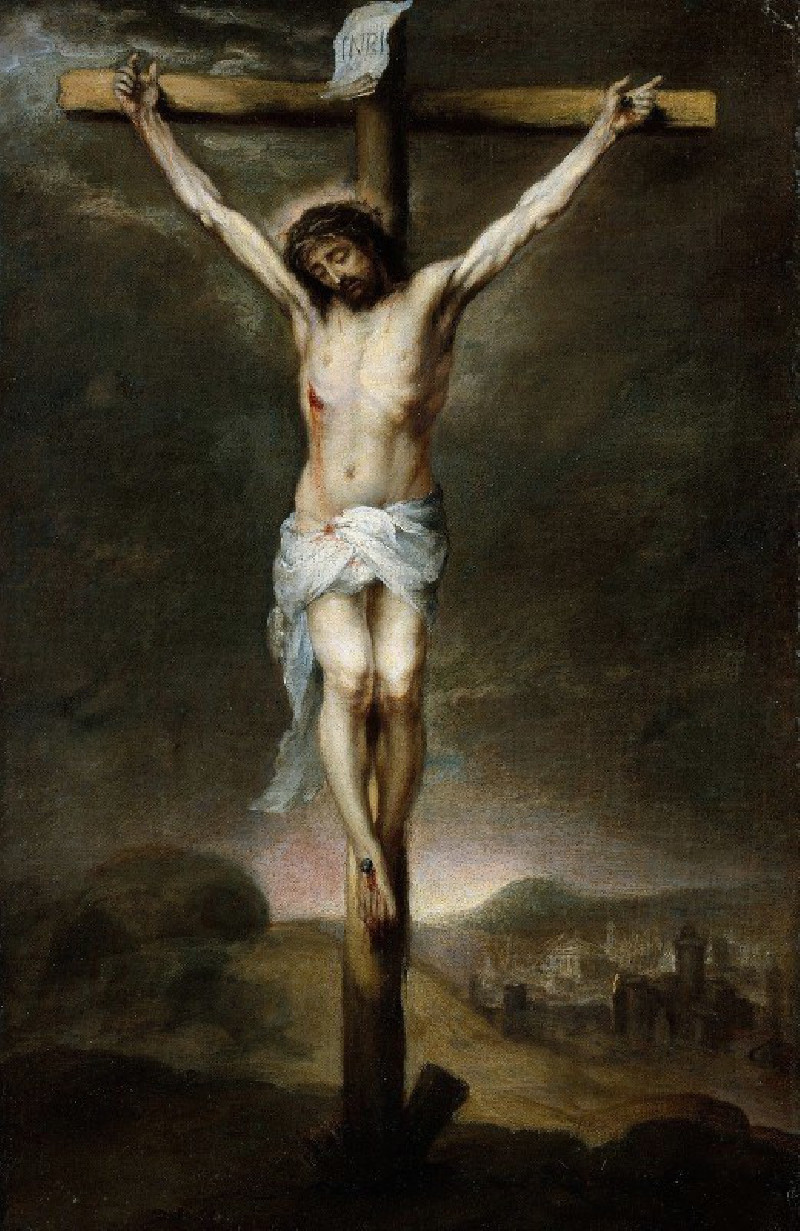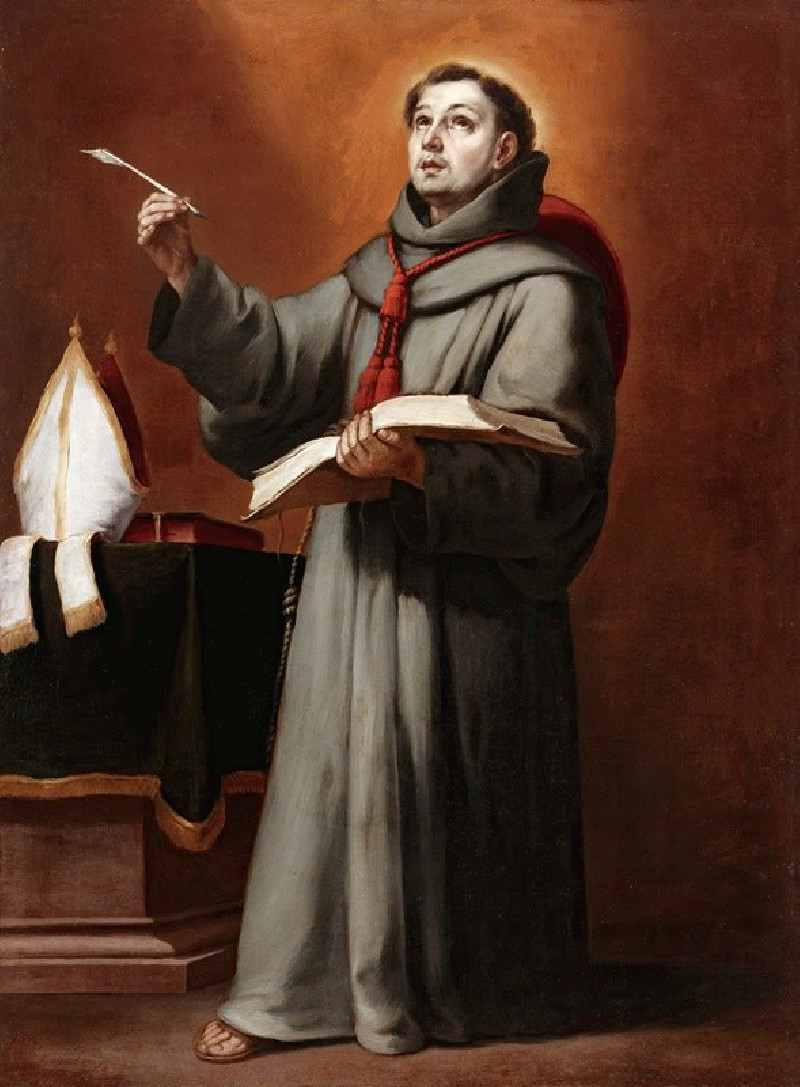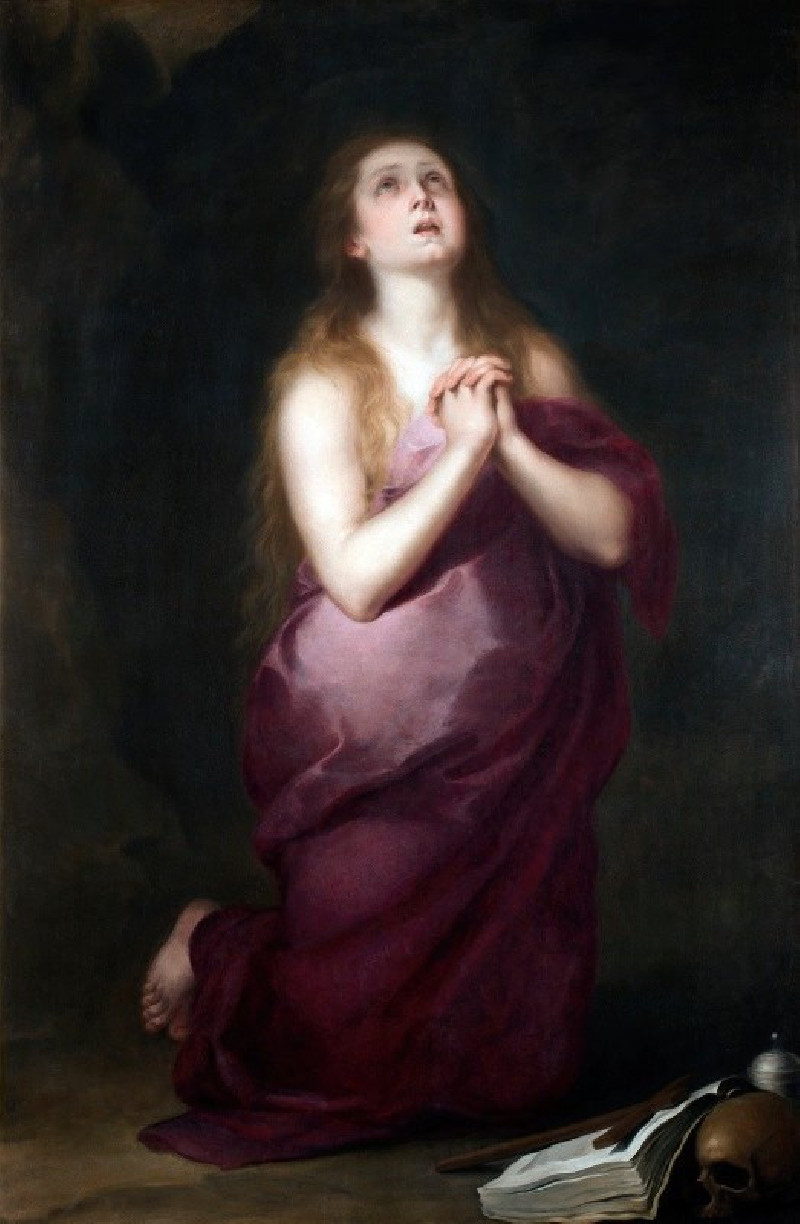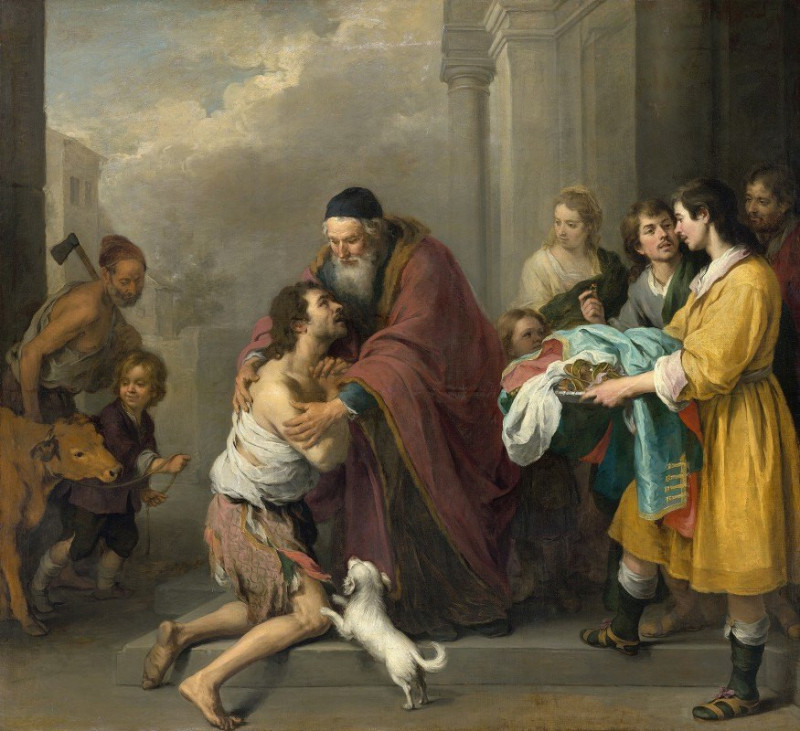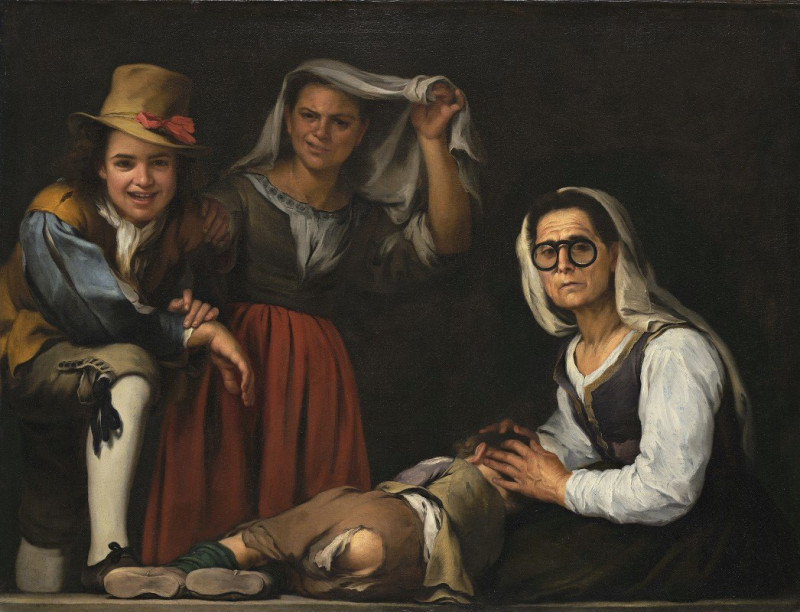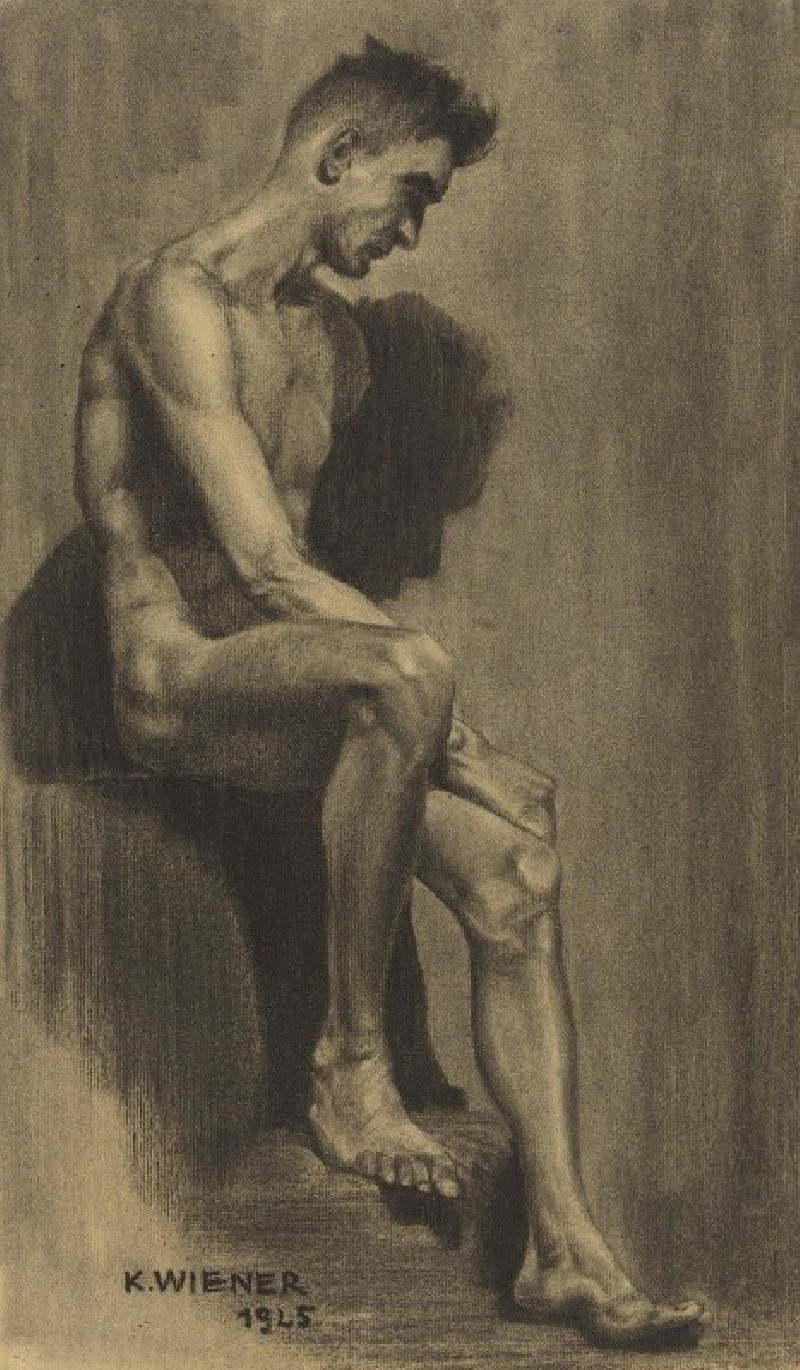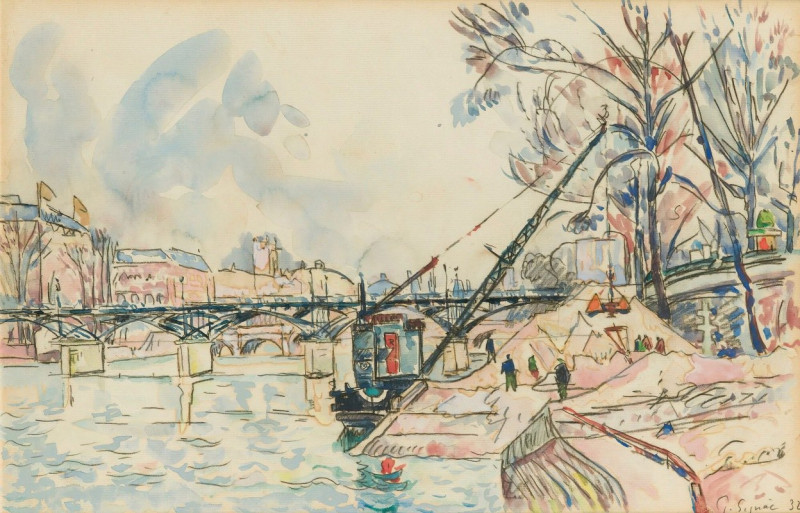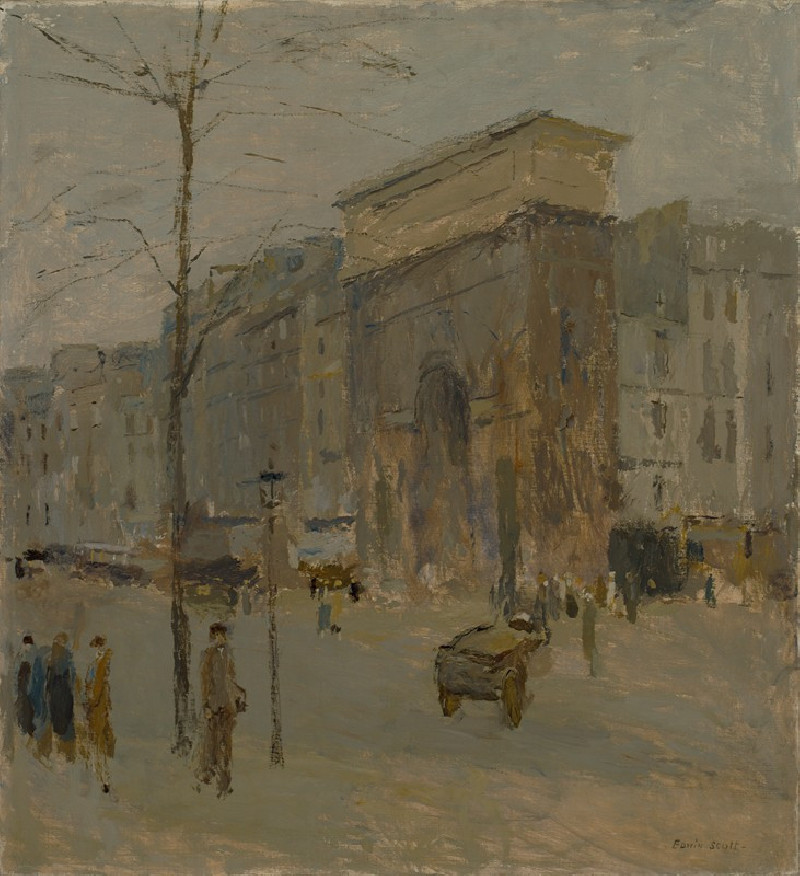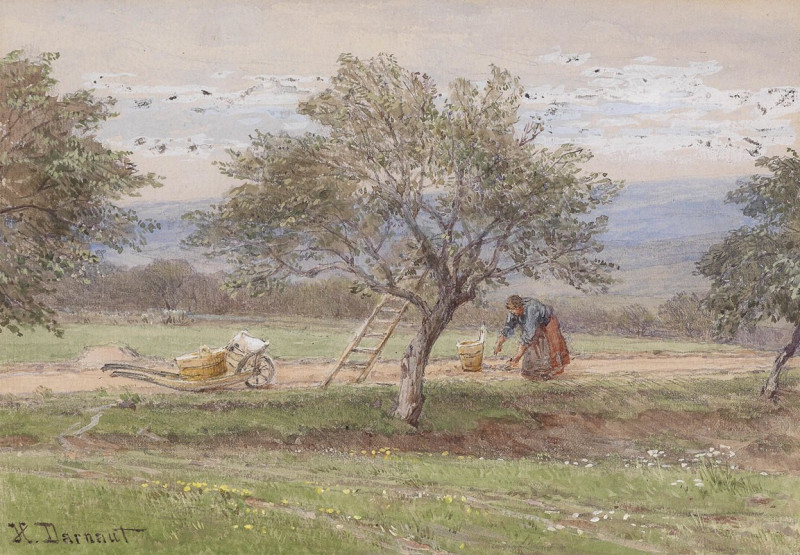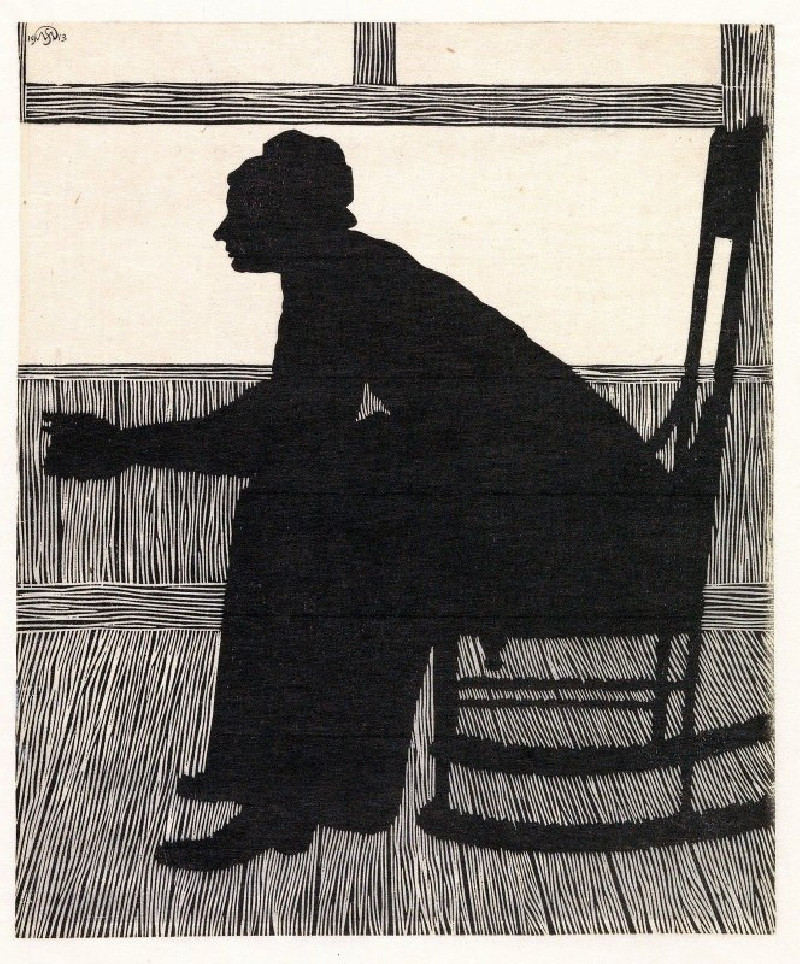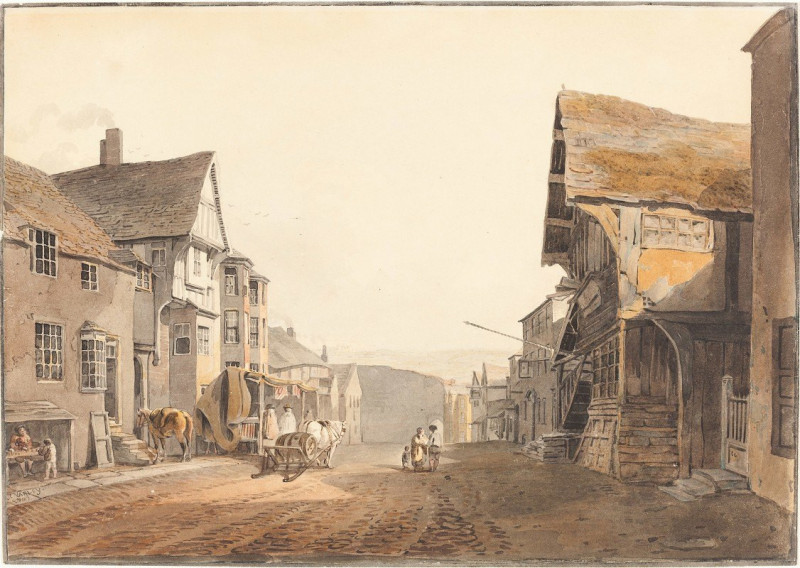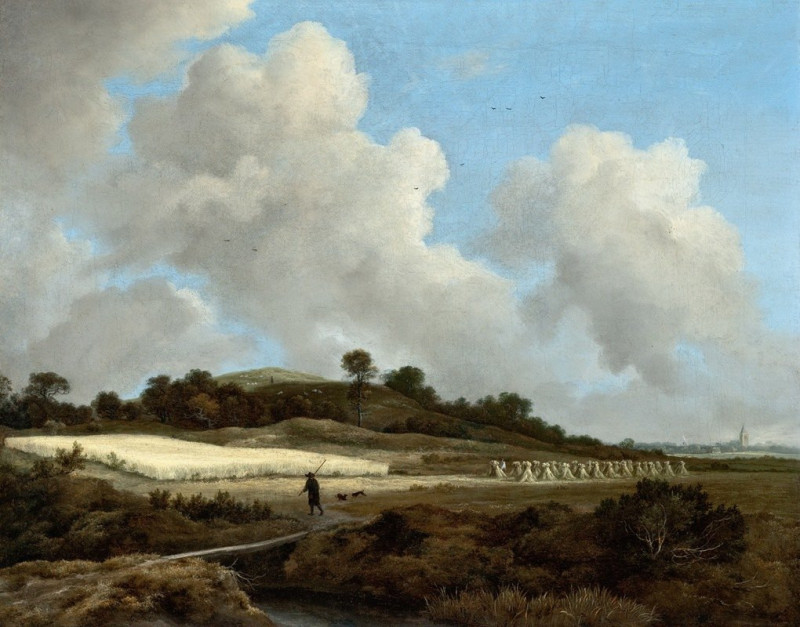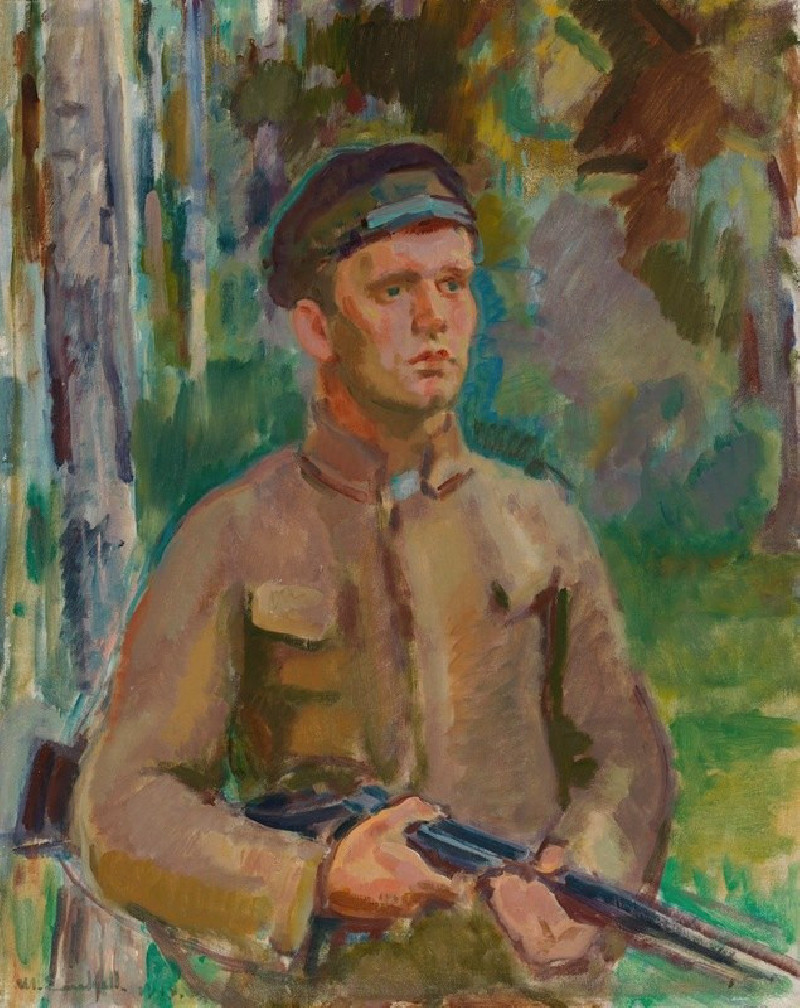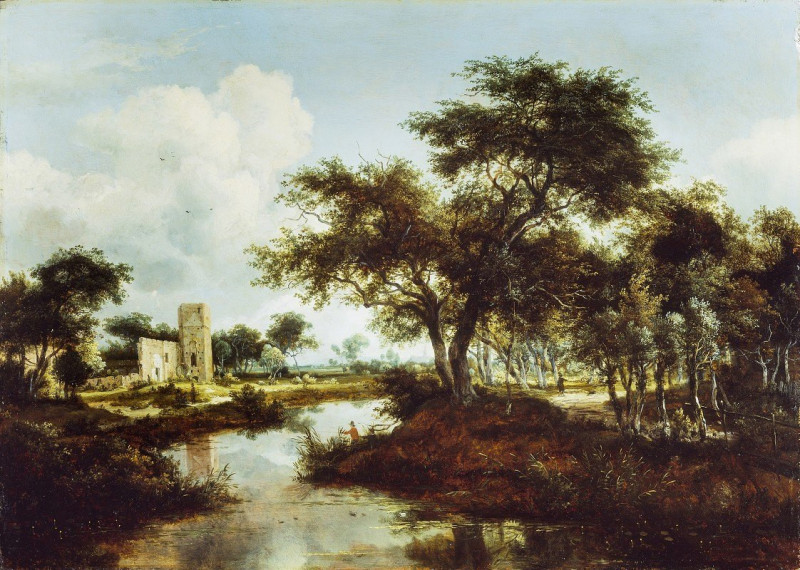The Mystic Marriage of Saint Catherine (1680-1682)
Technique: Giclée quality print
Recommended by our customers
More about this artwork
This captivating painting by Bartolomé Estebán Murillo, titled "The Mystic Marriage of Saint Catherine," serves as a brilliant example of the artist’s soft, luminous approach and his ability to convey delicate religious themes with emotional depth and tenderness. The artwork originates from the late 17th century, a period that showcased Murillo’s mastery of Baroque sensibilities in Spanish art.The composition portrays Saint Catherine of Alexandria in an intimate, divine ceremony. She is depicted at the moment of her "mystical marriage" to the Christ Child, who, seated on the Virgin Mary's lap, places a ring on Saint Catherine’s finger. This scene symbolizes her spiritual betrothal to Christ, reflecting her deep faith and commitment which, according to legend, led to her martyrdom.Mary, dressed in a warm red robe, watches over the tender exchange with a serene expression, symbolizing her role as the nurturing mother and protector. The setting is further enriched with a host of cherubs in the cloudy mist above, each expressing ethereal joy and celebration of the holy union. The inclusion of the broken wheel at the bottom left alludes to Catherine’s martyrdom, where she was to be killed on a spiked wheel.Murillo's use of soft, diffused light imbues the scene with a sense of sanctity and divine presence, while the gentle drapery and faded earthly tones suggest a celestial atmosphere. The overall effect is both ethereal and inviting, drawing the viewer into a moment of profound spiritual significance.
Delivery
Returns
Bartolomé Esteban Murillo (December 1617, January 1, 1618 – April 3, 1682) was a Spanish Baroque painter. Although he is best known for his religious works, Murillo also produced a considerable number of paintings of contemporary women and children. These lively realistic portraits of flower girls, street urchins, and beggars constitute an extensive and appealing record of the everyday life of his times. He also painted two self-portraits, one in the Frick Collection portraying him in his 30s, and one in London's National Gallery portraying him about 20 years later. In 2017–18, the two museums held an exhibition of them.

